SINCE the early 20th century, New York City has taken street space away from people and devoted it to moving traffic in and out of the city. But in the 21st century, we’re beginning to remake the streets as places where people want to get out of their cars to walk and bike. Conceptually, if only rarely functionally, we have Slow Zones and Slow Streets. We need a Slow City, with more streets for people.
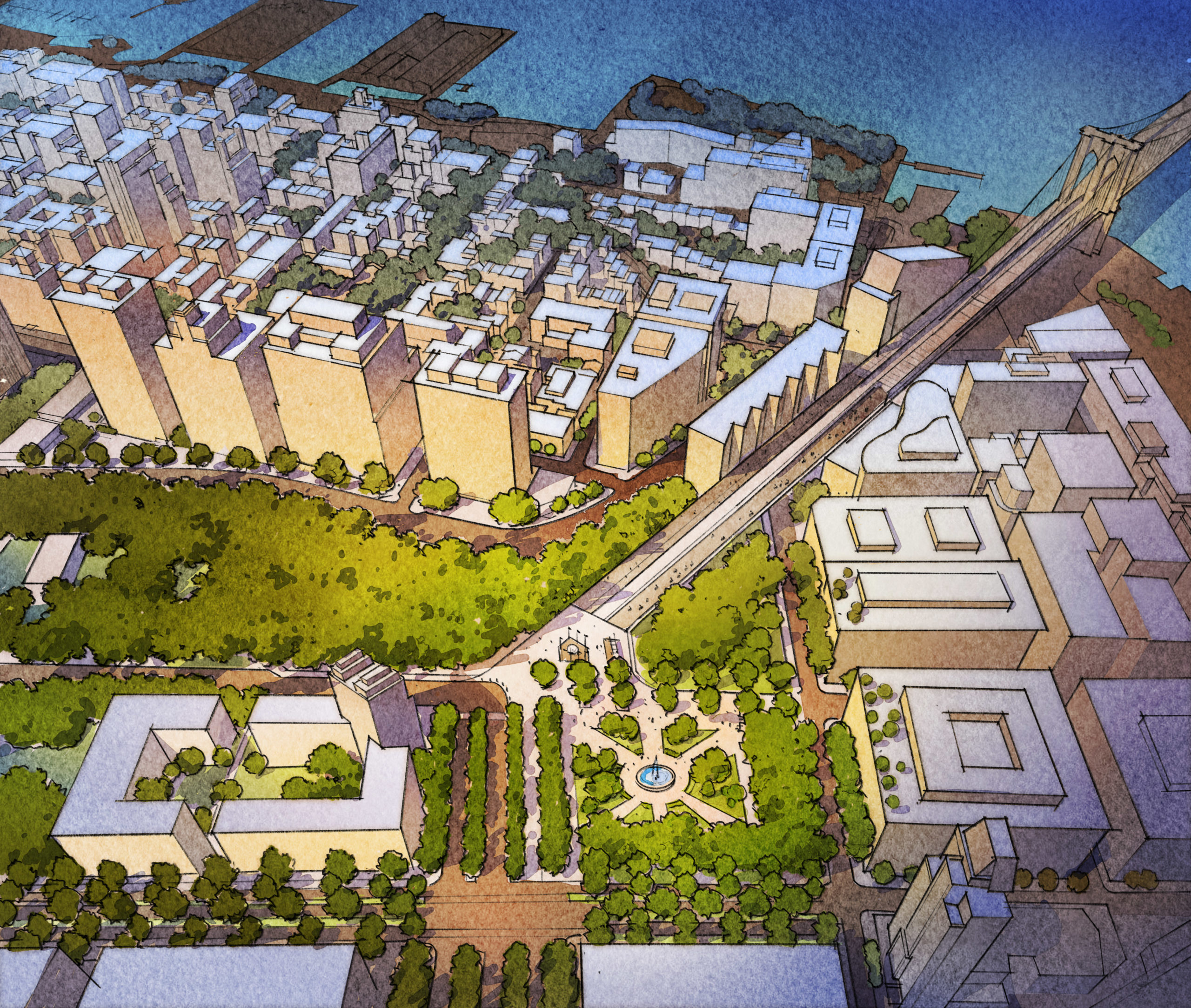
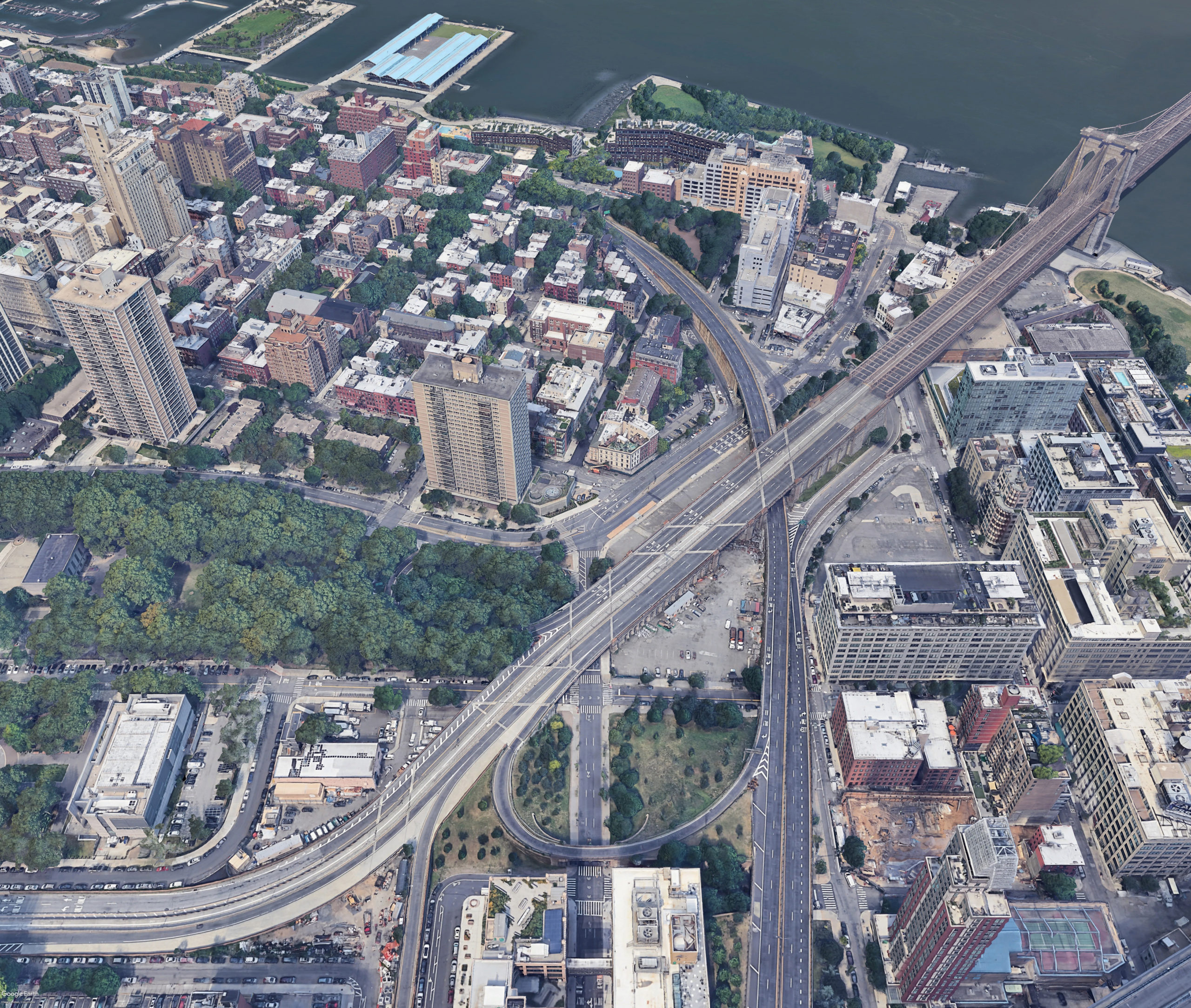
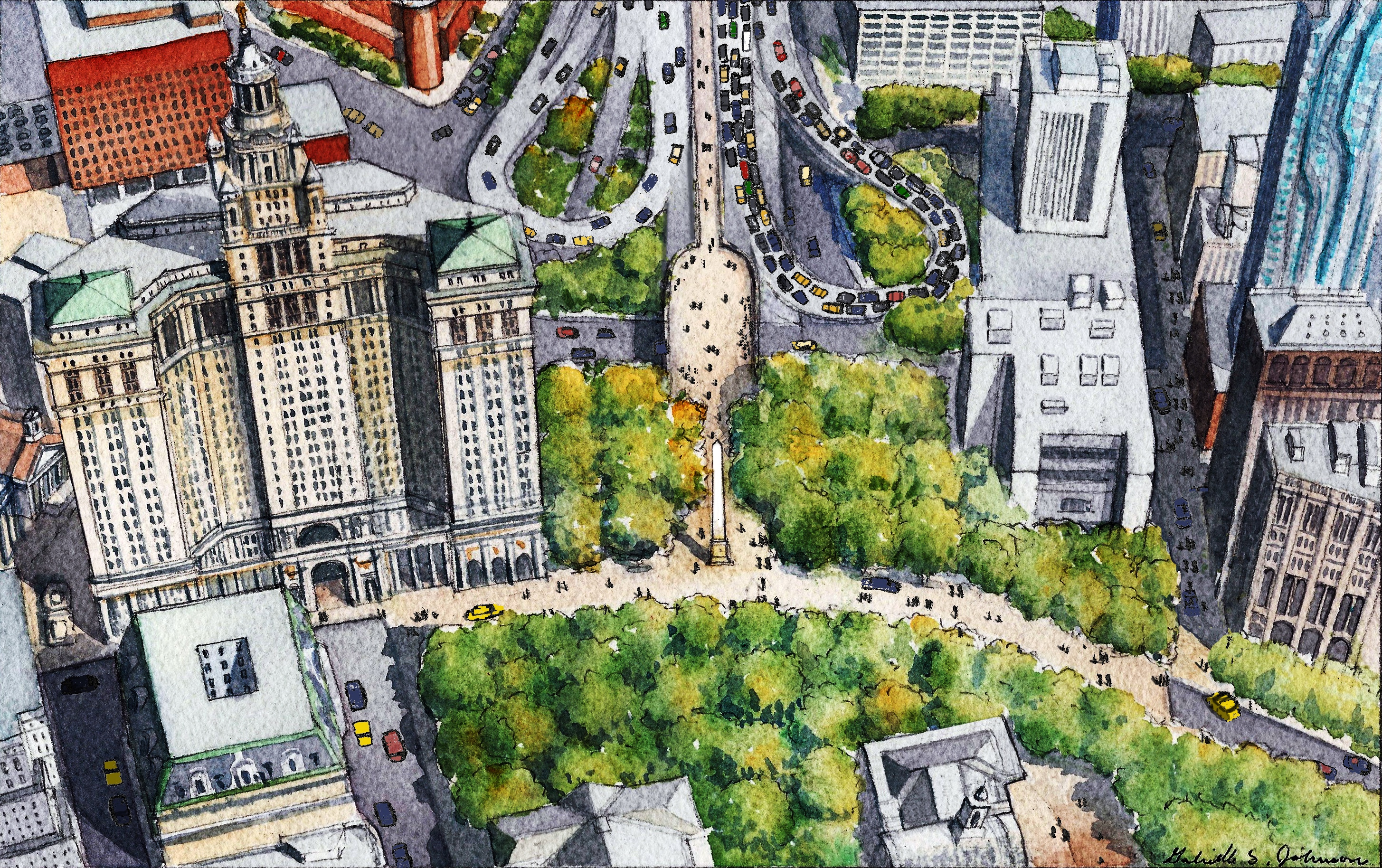
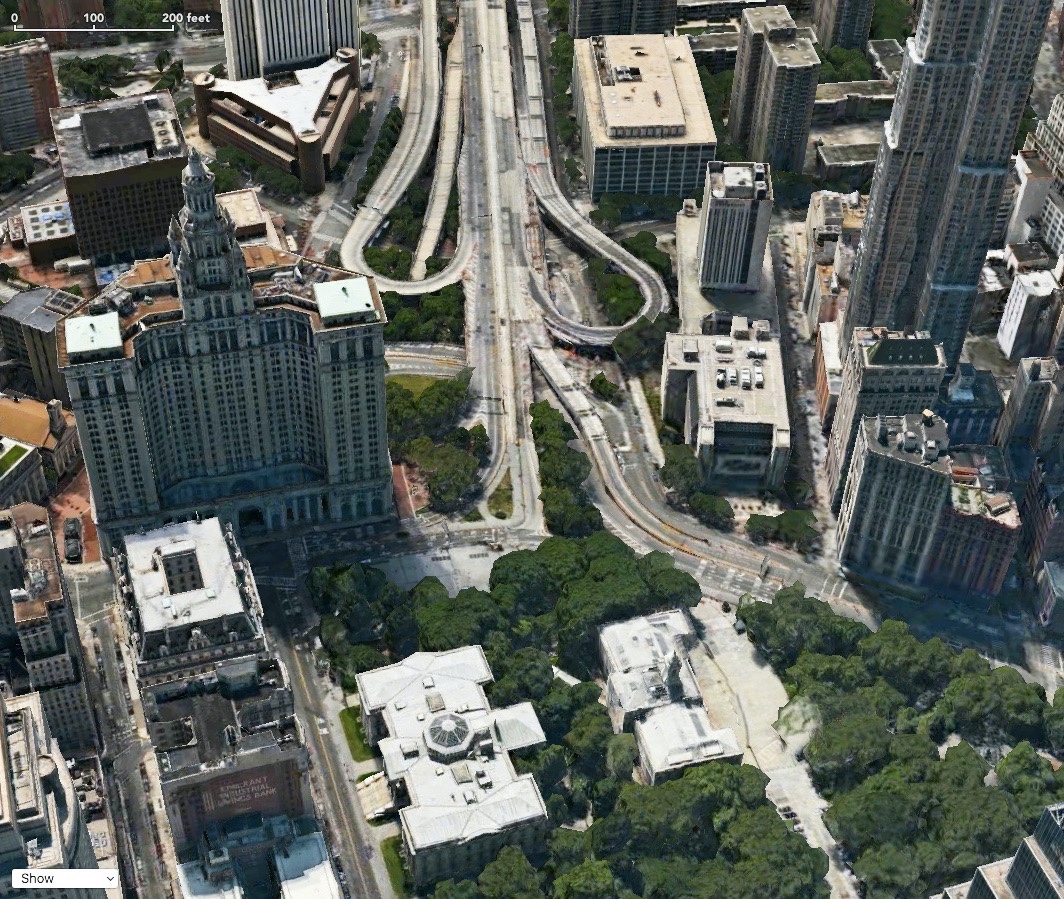
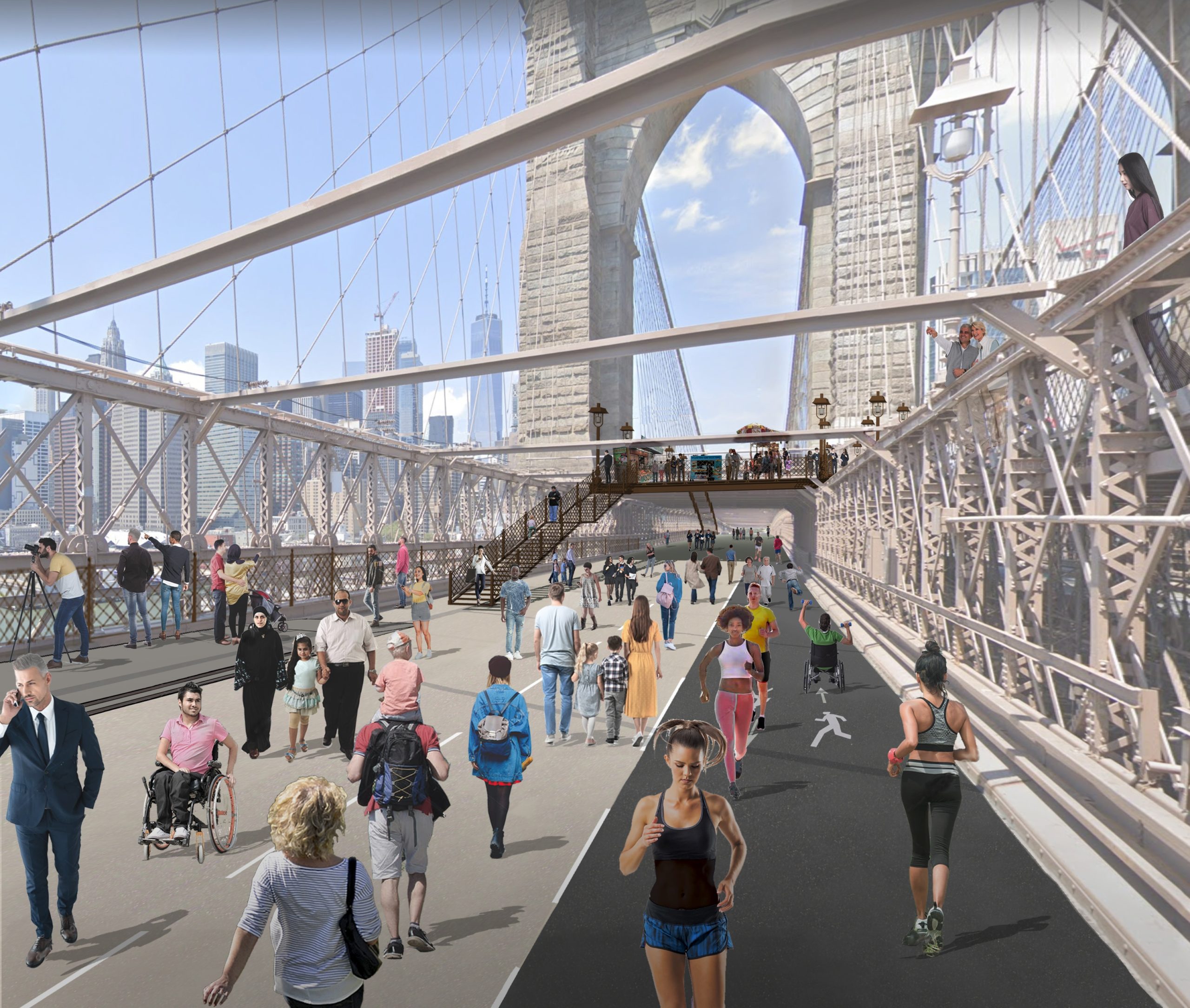
UNTIL the Ford Model T went into mass production in 1908, the streets of New York were extensions of our apartments. Think of the scenes with carts in the streets in the movie The Godfather, or the games New York children played in the streets, like ringolevio, double dutch, and stoop ball. Between 1908 and the 1920s what’s called Organized Motordom reinvented the street as a place for the movement and storage of machines. Pedestrians were literally kicked to the side of the road. New creations like the stop light and the crosswalk appeared, to smooth the flow of traffic.
The streets came before the cars. We lived without cars, because we didn’t have cars. New York had a great public transportation system, but we introduced a new transportation system based on the idea that everyone would drive and store private motor vehicles on public roads. One hundred years later, the roads are crowded, noisy, polluted, and dangerous for people on foot.
From the 1930s on, Robert Moses introduced new changes to New York City streets. He tore down buildings and neighborhoods to create highways and access to highways. For the Brooklyn-Queens Connecting Highway he built what looks like an elevated Jumbo Jet runway in South Brooklyn and then built anti-urban ramps and connectors to the Brooklyn, Manhattan, and Williamsburg bridges scaled for speeding machines. The human-scale places he ripped out were very different. Lewis Mumford looked at the result and compared it to “the blast of an atomic bomb.”
The NYC Department of Traffic thinks this is the way things should be. We’re used to the system and grew up in the Age of the Automobile, so many of us agree. But the system is killing us and the planet, and most of us in New York don’t even own cars.
Let‘s talk about these things on the Transportation Alternatives walk, and think about replacing the desolate spaces Moses built with streets for people.

New York Daily News Op-Ed
There Are Better Ways To Get Around Town
New York Times Op-Ed
A Highway That Hurts The City
Online Title: “Buck the BQE”
New York Daily News Op-Ed
We Can Have Nice Things…
Once We Get Rid of King Car
Streetsblog New York City
Whose streets? Our streets, not cars’:
A post-COVID lesson for NYC
New York Daily News Op-Ed
Should New York City Streets Be Illegal?
Common Edge Op-Ed

Dave Colon, “FiDi Shared Streets Advocates Press DOT to Show ‘Urgency’ on Neighborhood Makeover,” StreetsblogNYC, July 1, 2022.
Streetsblog, “TO END THE MESS: Make the Brooklyn Bridge Car-Free.” StreetsblogNYC, July 9,2020.
Carl Glassman,”Putting Pedestrians First in FiDi? City’s Search for Answers to Start Anew,” Tribeca Trib, August 12, 2022.
Ben Verde, “Group Calls for Amsterdaming Most of Lower Manhattan,” StreetsblogNYC, March 19, 2019.
Carl Glassman,”‘Pedestrian Priority’ Streets for Lower Manhattan? City Will Look Into It” Tribeca Trib, May 11, 2019.